An article written by Frank Devine (a former editor of the newspaper).
HOLOCAUST TRUTH STRUGGLES AGAINST THE GAG OF DENIAL
DEBORAH LIPSTADT persuades me that denial of the Nazi Holocaust is “a clear and future danger”. Four per cent of Australians believe it did not occur – more than 300,000 adults and a strong base from which to launch a gigantic lie. |
| This gigantic work, voluminously researched, proves beyond doubt that the diary is the work of a little girl named Anne Frank who spent two years hiding from the Nazis in an attic of an Amsterdam warehouse, and who died in a concentration camp. It is improbable that Irving was unaware of the existence of The Critical Edition when he wrote to The Australian, which makes the – what shall I say? – disingenuousness of his action all the more odious. Using The Critical Edition as my reference, here is what I should have written months ago: Irving declared in his letter: “In one lawsuit in Lubeck he (Otto Frank) even tabled a graphological affidavit swearing that the diary’s handwriting was all by the same person.” The truth: During the prosecution in Lubeck in 1959 of two men who had asserted the diary to be a forgery, expert witnesses testified that all the handwriting in the diary manuscript was Anne Frank’s. They phrased their report in such a way that (if you really wanted to) you could try to discredit them by claiming they had said Anne also wrote a letter, a postcard and a birthday greeting which she received from friends and pasted into the diary. The Lubeck case was settled when the defendants withdrew their forgery accusations and publicly expressed regret for them. Proceeding from his misleading reference to the Lubeck case, Irving wrote: “Alas, in 1981, the West German police laboratory at Wiesbaden was called in at one court’s direction to test the diaries … Frank refused to allow the diaries out of Switzerland, so the judge ordered the Wiesbaden experts thither … They determined, as reported in Der Spiegel at the time, that parts of the diary were written in ballpoint ink – a pen invented some years after Anne’s cruel death…” The truth: In 1981, the diary manuscript was not in Switzerland, having been delivered in November 1980 to the Netherlands State Institute for War Documentation, under the terms of Otto Frank’s will. The “parts of the diary” confirmed by the Dutch as being written in ballpoint ink were two slips of paper, each written in a different hand and neither in Anne’s, inserted as bookmarks into folders into which its Swiss custodians placed the manuscript long after the war. The Wiesbaden police report was four pages long, compared with more than 250 for the report made by the State Forensic Science Laboratory in Amsterdam, which the editors of The Critical Edition briefed. The Wiesbaden experts confirmed that the paper and glue in the manuscript predated the period in which Anne Frank wrote the diary, but mentioned – without stating their number or location – some ballpoint “corrections”. They may have been referring to page-numbering done by the handwriting experts in the Lubeck case, although this was subsequently found by the Dutch not to be in ballpoint. Most importantly, the Wiesbaden police were not briefed to conduct any handwriting tests and did not do so, despite the implication Irving creates with his craftily juxtaposed reference to the Lubeck “graphological affidavit”. Handwriting analysis was one of the Dutch forensic lab’s chief tools. Irving wrote: “(Otto Frank) did not sue me … He sued several others, winning large sums of money.” The truth: Otto Frank was a reluctant litigant, persuaded on only a handful of occasions to act against challengers of the diary’s authenticity. The sole action involving “large sums of money” was one undertaken with the producer and writers of a successful Broadway play based on Anne’s diary. This was to free royalties that had been frozen pending resolution of a plagiarism claim. Anne Frank’s diary has sold 20 million copies. Otto Frank, who lost his wife and both daughters in the concentration camps, made the first typed copy of the diary to send to his mother. A giant oak has, indeed, grown from a small planting and, thankfully, David Irving’s feeble scrabblings will not uproot it. |


